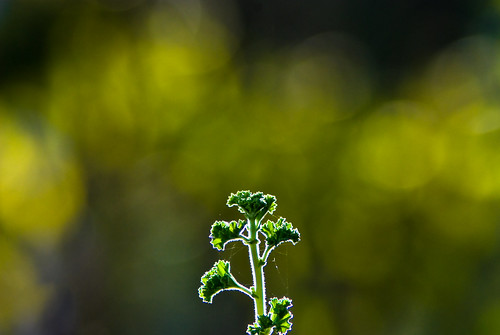Watermint
Mint is almost as widespread as mankind itself - with representative species in all continents except Antartica. There are citrus scented mints (Bergamot mint), apple or pineapple scented mint, and even a chocolate mint (a type of peppermint, really). In her book Fragrant - The Secret Life of Scent, author Mandy Aftel praises mint's homely qualities, and how it can be not only grown everywhere but also used in family recipes books called "Books of Secrets". I have many recipes in my own "Book of Secrets" that incorporate mint in this form or another: my first tea blend, for example, which was inspired by the Charisma perfume and the beautiful herbs that grew on the footsteps of my cottage in the Galil (lemon verbena, spearmint and lemongrass) combined with jasmine green tea are the brew to inspire dreams and happiness. Likewise, a more earthy and rustic brew of cinnamon sticks and wild, medicinal white mint can always be found in my mother's spice shelf, and if you're lucky she'll also have some of her own home-made pickles, which she beautifully serves on a tray with crackers and aged cheese, blanched almonds and whichever other dried fruits or nuts from her pantry. Each home has its own secrets, after all...
What gives mint its refreshing aroma and cooling sensation is a molecule called menthol. In its pure form, menthol has the consistency of white crystals in room temperature. When mixed with all the other elements of peppermint oil the appearance would be liquid. But this winter, temperatures in my studio plummeted, and my peppermint oil (and several others, including ginger lily CO2 and rose otto) have radically crystallized. It certainly is amusing, but makes working with the oils a bit cumbersome in the winter months.
Most mint oils for the flavour industry are rectified in order to remove some of the grassy components, as well as the bitter-tasting component menthone. They are also more stable this way, resulting in a water-free, and colourless liquid (the water content can spoil the oil). Different mints have different molecular contents.
For example: peppermint has mostly menthol (29-48% or even more in some teroir), mention (20-31%), menthyl acetate, menthofuran, limonene, pulegone and cineol.
Spearmint has a significantly different chemical makeup, containing as much as 50-70% L-carvone, which gives it its characteristically warm mint-like character, as well as dihydrocarvone, phellandrene, limonene, mention, menthol, pulegone, cineol, linalool and pinene - which add a sweeter, more refreshing and complex aroma to spearmint.
Peppermint oil is the most versatile and useful of all three for aromatherapy, medicinal and flavour purposes. The oil can be mixed with a fixed oil and then rubbed on the belly to relieve stomach ache, can be added to smelling salts or to lavender and rosemary oils to relieve headache, and also added to cough drops and syrups to soothe sore throat. Spearmint is less potent medicinally, and is used as a milder, gentler substitute for young children. It also has more versatile use in soaps, colognes, sweets and soft drinks etc.
When visiting in Israel this month, we spent a blessed day in the wild hiking with my brother, sister in law, her parents and my two nieces. To call it hiking is an overstatement - because we followed the pace of my 3 year old niece, and the trail was a very easy, relaxing one. Which allowed us to fully appreciate the beautiful scenery. Snailing along between the old growth oaks and the flowery meadows was a most relaxing way to spend a Friday afternoon and pay attention to the versatility of flowers in bloom in all colours of the rainbow.
White mint (in Hebrew we call it Zuta Levana, in Arabic it is called Isbat Il Shai - meaning tea herb) can be found in the east Mediterranean countries: Israel, Lebnon, Turkey and the Balkans) is a precious wild herb most valued for its fine aroma as well as its medicinal properties. In folk medicine and herbalism it is used to reduce stomach pain, and also is considered helpful in reducing blood pressure, as well as colds, flu and coughing. It is especially fantastic when combined with cinnamon, for a warming and sweet-tasting tea in the cold winter months. It dries very well, maintaining its delicate flavour very well. It is reminiscent of both spearmint and hyssop in flavour - fresh yet a little warm and spicy as well. The fresh leaves are fantastic when paired with citrusy herbs such as lemongrass and lemon verbena, as well as pelargonium.
Are there any wild mint varieties growing in your area? Or any other wild herbs you an brew as tea on your next hiking trip?


![Yuzu (유자, ゆず, 柚子) Citrus Ripening on Tree, Chiba, Japan by jacob schere [in the 03 strategically planning]](http://farm8.staticflickr.com/7163/6523488035_f6afda369e.jpg)


